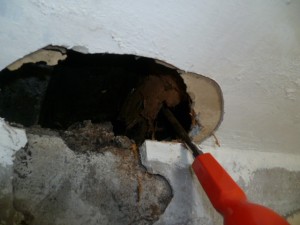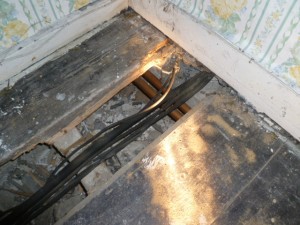Answer.
General Structure.
The structure is by far the most important part of a building survey. In many instances, structural problems are expensive to repair. The structural part of the building survey involves examining all the visible parts of the exterior, the roof, interior walls, ceilings, floors, attic spaces, doors and window frames. Particular attention is paid to visible evidence of past or present movement such as cracks, settlement, bowing, lifting and heaving.
Foundations.
Foundations are the most important structural element of a property. Older properties would normally have stone foundations. Common types of foundations are now of poured concrete and are generally termed strip foundation, raft foundations and pier and beam foundations. As foundations are not visible during a building survey the building surveyor will be looking for visible evidence of settlement / movement in the walls, floors, arches, etc to determine the likelihood of foundation movement. Most older properties may have settled to some extent. The main concern here would be recent or ongoing settlement or movement.
Walls
Walls are divided into structural walls and non-structural / partition walls. Outer walls are almost always structural bearing walls while inner walls maybe either structural or non-load bearing partition walls. Alterations to walls should not be carried out until such time as it has been confirmed that the wall to be altered in not load bearing. If is not unusual that the original damp proof course that would have been fitted, would have now failed or not be fully effective.

Floors
Floors should be designed to take the dead and imposed loads imposed on them. Most floors in older houses would be constructed form significantly smaller timber floor joist,s then would be used in more modern buildings. Its very common to have rot in timber floors due to rising and lateral dampness in the structure.
Floor Ventilation
Adequate ventilation is required under suspended timber floors to remove excessive moisture. Excessive moisture in the crawl space under the timber floor is a common reason for decay in floor joists and floor boards.
